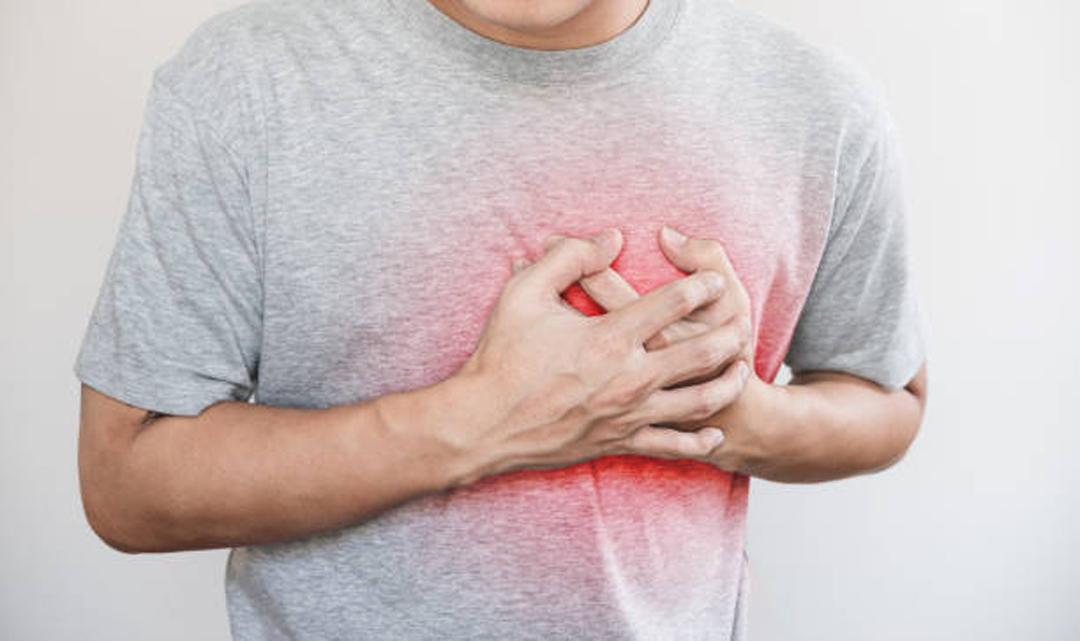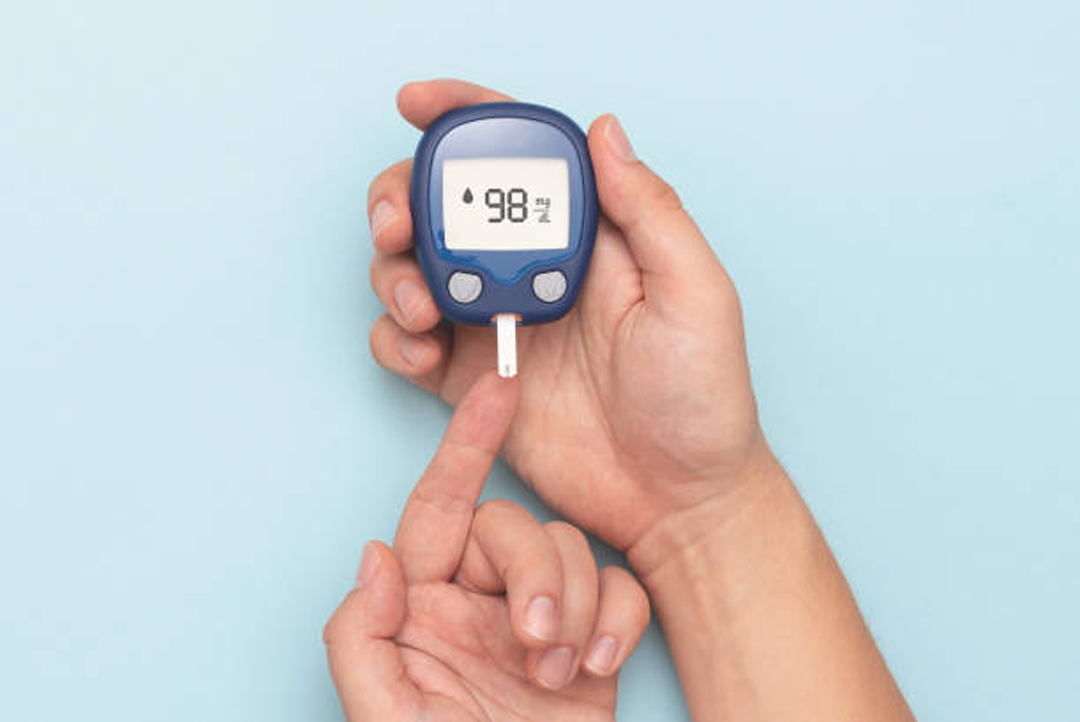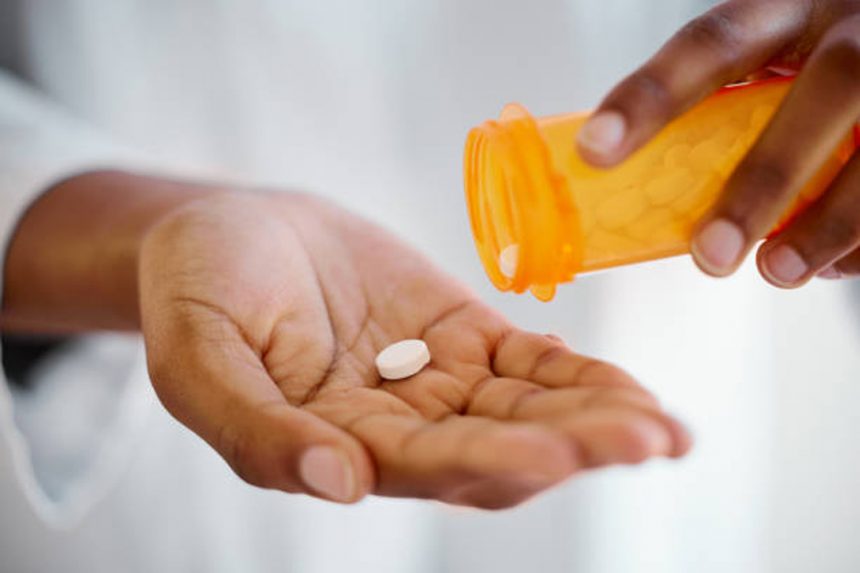Teamwork. It’s the underlying principle that defines what natural health care in the twenty first century is all about. We now have the luxury of bringing a broad range of tools and disciplines to bear on any given health issue. None of these elements needs to be pursued to the exclusion of the others. Balance and harmony are key.
Supplements and diet are a perfect example of how the new holistic medicine can be applied. Consuming a steady diet of junk food and trying to make up for it by gobbling down handfuls of vitamins won’t cut it. To get the nutrients your body needs, a healthy diet is essential. But you can augment the benefits of that diet by taking supplements. That’s why they call them supplements, after all.
Now, let’s take this teamwork principle a giant step further.
A Customized Plan
Many of us have a family history that suggests we may be at higher-than-average risk of developing one of the four diseases that kill more Americans than any others: heart disease, stroke, cancer, and diabetes. It makes sense, if you’re at risk for one of those diseases, to employ all the tools at your disposal to stack the odds in your favor.
You can do that, simply and naturally, by customizing a diet-and-supplement regimen that will help your body fight the diseases that genetically threaten you. That’s how holistic health care works. Here’s how experts suggest turning an ordinary healthy diet into one that’s literally death defying.
The first step in designing your own disease fighting diet is to build a sound foundation. We recommend that you follow “Prevention’s Basic Healthy Eating Plan,”. Once you have those fundamentals covered, you can begin to zero in on the high-risk disease that concerns you by following the specific regimens provided here.
If you’re worried about all four diseases, don’t panic. You don’t need to eat 22 hours a day in order to get your nutrients. There’s plenty of room in our basic eating plan to incorporate all the necessary foods into an optimal disease fighting diet without also increasing your waistline.
Heart Disease and Stroke

To lower your risk, make sure you get these nutrients.
Folic acid (400 micrograms per day)
Folic acid helps protect you by decreasing blood levels of the amino acid homocysteine, an emerging risk factor for heart disease and stroke, says Eric B. Rimm, Sc.D., assistant professor of epidemiology and nutrition at Harvard School of Public Health. Lots of foods contain foliate (the folic acid naturally found in foods), including orange juice, kidney beans, broccoli, and spinach. But to make sure you get 400 micrograms (mcg). Prevention recommends taking a multivitamin that contains that amount.
Vitamin B6 (3 milligrams per day)
Like folic acid, vitamin B6 helps reduce homocysteine levels. Taking supplements is probably a good idea because many people don’t even manage to get enough to cover the 2 milligram (mg) Daily Value (DV), according to Walter Willet, M.D., Dr. P.H., chair of the department of nutrition at Harvard School of Public Health.
Foods containing B6 include bananas, avocados, lean chicken, brown rice, and oats. The same multivitamin that provides your DV of folic acid can ensure that you get enough B6.
Vitamin E (400 international units, or lU, per day)
There is no shortage of studies showing that vitamin E in amounts ranging from 100 to 800 lU may reduce your risk of heart disease by about 40 percent. Doctors believe that the antioxidant properties of vitamin E stop the changes in your “bad” low-density lipoprotein (LDL) cholesterol that make it more likely to clog your arteries. If you are considering taking this amount of vitamin E, discuss it with your doctor first. One study using low dose supplements showed increased risk of hemorrhagic stroke.
To get the necessary amount of E, you probably need a supplement. The best sources of the heart vitamin are vegetable oils, nuts, and wheat germ, but you’d have to eat unhealthy quantities to even approach the amount recommended to prevent heart disease.
Omega-3 fatty acids (3 ounces of salmon, mackerel, haddock, or another “fatty” fish once a Week)
That one meal could reduce your risk of cardiac arrest by 50 to 70 percent, according to the Journal of the American Medical Association. Fatty fish is packed with omega-3 fatty acids, substances that are believed to reduce heart spasms, and the clumping of blood platelets that leads to dangerous clots in your arteries.
From the Cutting Edge
Lycopene
A lot of people think of this as the spaghetti nutrient because it’s so abundant in tomatoes and tomato products. In the last year or two, studies have shown that lycopene (one of a large family of carotenes of which beta is the most well-known) may help prevent heart disease and cancer. Just one or two servings a day will boost your lycopene levels into the high range. Cooked tomato products are higher in lycopene than raw, and it helps to consume a little fat, such as olive oil, to help your body absorb it.
Flavonoids
Think grapes. This fruit contains flavonoids shown to have blood thinning abilities. One study found that drinking a 5 ounce glass of purple grape juice twice a day reduced the tendency for blood to clot by 60 percent. That was 50 percent better than the anticlotting ability of aspirin, considered the gold standard. If you’re taking aspirin, however, it’s still too soon to banish it to the medicine cabinet in favor of grape juice.
You may also want to eat more apples and onions, two other foods that contain high levels of flavonoids. Finnish researchers found that people who ate the greatest amounts of apples and onions had the lowest risk of heart disease. Tea also contains abundant flavonoids.
Cancer

To lower your risk, you need the following.
Fruits and vegetables
Five or more servings a day but make them different foods of different colors. That’s the best way to get all of the phytochemicals (phyto means “plant”) associated with lower cancer risk.
Selenium
On average, men who took the mineral selenium in daily doses of 200 mcg for 4 years lowered their rates of lung, colorectal, and prostate cancer by more than half than men who didn’t take it. Selenium’s protective effects are probably due to its antioxidant properties. Don’t exceed 200 mcg total, including the amount in your multi supplement. (Most multis contain less than 70 mcg.) Doses above this amount must be taken under medical supervision.
Carotenoid
These include beta carotene and lycopene, found in many red, yellow, and orange fruits and veggies. Carotenoids have been linked to a decreased risk of many cancers, including prostate, lung, stomach, and endometrial cancers.
Less fat
Reduce to 20 percent or less.
Vitamin E (200 lU)
Researchers at the Fred Hutchinson Cancer Research Center in Seattle found that men and women who took 200 lU of vitamin E per day had less than half the risk of getting colon cancer, compared to people who didn’t take the vitamin.
Vitamin C
Diets high in vitamin C from fruits and veggies appear to protect against the risk of stomach, esophageal, mouth, and cervical cancers. We recommend adding 500 mg a day from a supplement, too.
From the Cutting Edge
Resveratrol
This substance found in ordinary grapes inhibits cancer growth by preventing three things: the start of DNA damage in a cell, the transformation of a normal cell into a cancerous one, and the growth and spread of tumor cells.
Although the study in which these findings appeared was done on laboratory mice, the results were so promising that the researchers believe this substance merits testing in humans as a potential cancer preventing drug.
Catechins
These are the antioxidants found in tea, especially green tea. In animals, catechins inhibit a wide variety’ of tumors; ongoing human studies are now testing green tea against breast, prostate, and several other cancers.
Soy
Tofu and other soy based foods contain high amounts of substances called isoflavones. At least in the test tube, researchers found that isoflavones could stunt the growth of human breast cancer cells by up to 30 percent.
Another study found that women who eat lots of soy products have less than half the risk of endometrial cancer of women who don’t eat soy foods.
Diabetes (Type 2)

If you’re at risk, you need the following.
Lots of fiber, little fat
Your diet should derive about 60 percent of calories from carbohydrates, preferably high-fiber, and complex (unrefined) carbs such as fruits, vegetables, beans, and whole grains. You should also get no more than 25 percent of calories from fat, preferably unsaturated vegetable oils or monounsaturated olive oil, and 15 percent from protein.
High fat diets increase your risk for obesity, the number one risk factor for diabetes. Refined carbohydrates that are rapidly absorbed, such as white bread, white rice, pasta, fruit juices, and soda, cause your blood sugar to shoot up, putting excessive stress on your pancreas to produce more insulin. By contrast, unrefined foods, which are high in fiber, are absorbed into your system more slowly, causing a gradual rise in blood sugar and a decreased need for insulin.
Chromium
This mineral helps make your cells receptive to insulin. Some studies show that it can help normalize glucose and insulin levels, too. Since it’s hard to get the DV of 120 mcg of chromium from your diet, make sure you’re getting 120 to 200 mcg from your daily multivitamin/mineral supplement. If you’ve been diagnosed with glucose intolerance, a condition that often leads to diabetes, USDA chromium expert Richard A. Anderson, Ph.D., recommends taking 200 mcg of chromium picolinate two or three times a day. Discuss with your physician first.
Magnesium
You need 350 mg total from your supplements. If your diet is deficient in magnesium, you may be more resistant to insulin, putting you at risk for diabetes. People with heart or kidney problems should check with their doctors before taking supplemental magnesium. Supplemental magnesium may cause diarrhea in some people.
Harvard researchers found that the more magnesium in your diet, the less likely you are to get diabetes. Foods high in fiber are also high in magnesium. They include cereals, spinach, black- eyed peas, and beans.







